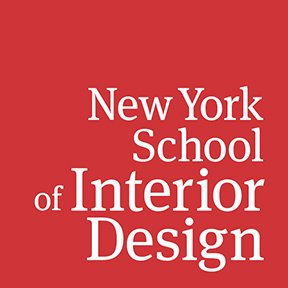Trauma-informed Design Creates a Safe Space for Children
Naomi Barasch, Senior Director of the Queens Child Advocacy Center (CAC), recognized a problem with her organization’s facility, though it was designed to be child-friendly. The Queens CAC provides what Barasch calls, “a single stop for child victims of sexual and severe physical abuse,” with on-site multidisciplinary care from Child Protective Services, detectives from the Queens D.A., pediatricians who specialize in child abuse, and Safe Horizons workers to provide victim advocacy and mental health services. Barasch was troubled by the notion that the bright, toy-filled reception area of the CAC might be too stimulating for her clients. She said, “The toys and constant action get kids too excited. Our clients need to be calmed. It occurred to me the design of the room could be triggering our clients.” She reached out to NYSID for help with a plan for “Trauma-informed design.” Within 24-hours, she had an emphatic “yes” from Ellen Fisher, NYSID’s Dean and VP for Academic Affairs.
Architect and NYSID Faculty Member Terry Kleinberg got to work creating a curriculum for this “Service Learning” option within the Summer Experiential Learning course. MFA-1 students Ashley Dai, Paula Victoria, Akshara Vyas, Talya Euell, Mai Al Kawari, Ada Hoxha, Byungjun Jung, and Brittany Cole took on the challenge. Under the direction of Kleinberg, the students conducted research by interviewing police officers, employees, and non-offending parents. They came up with several principles to guide their trauma-informed design process. They were: 1) Provide play spaces that give children a sense of control and privacy; 2) create a sense of flow and order for stress-reduction; 3) incorporate nature as a positive healing distraction; and 4) resist re-traumatization by creating a sense of safety. The students ultimately presented plans and drawings for four spaces in the CAC. Soothing lighting was key, so Jeffrey Hoenig on the lighting faculty advised the students. Says Barasch, “They brought in elements of nature: raindrops, curves, shelves that look like trees. I think my favorite thing is the main reception desk that is split into two levels, so that little kids can see with their heads over the desk. This detail and so many others will give kids a sense of control and safety.”
Student Ashley Dai recalls, “Nothing can prepare you to speak to the employees who fight every single day for these kids' safety. I couldn't help but feel an enormous sense of responsibility to give my very best to this project.” The Queens CAC and its parent organization, Safe Horizons, are working to raise funds to get the plans realized.

